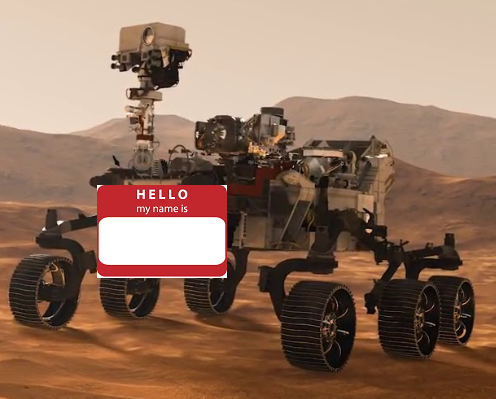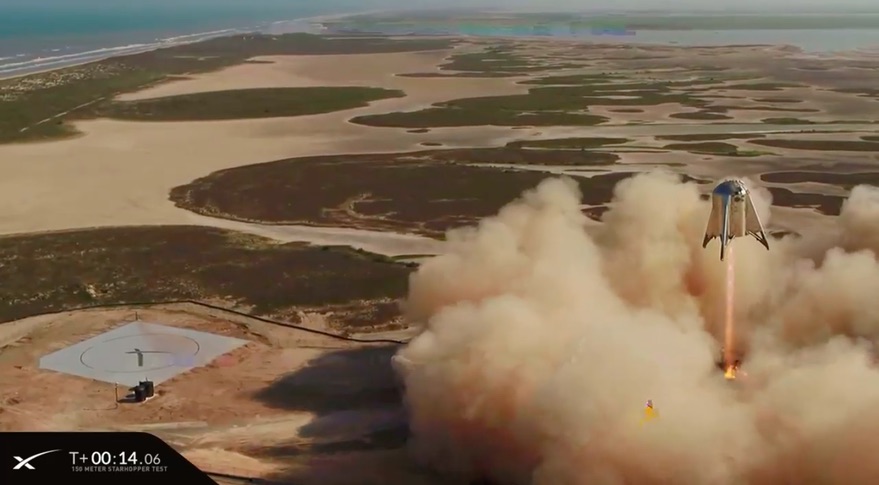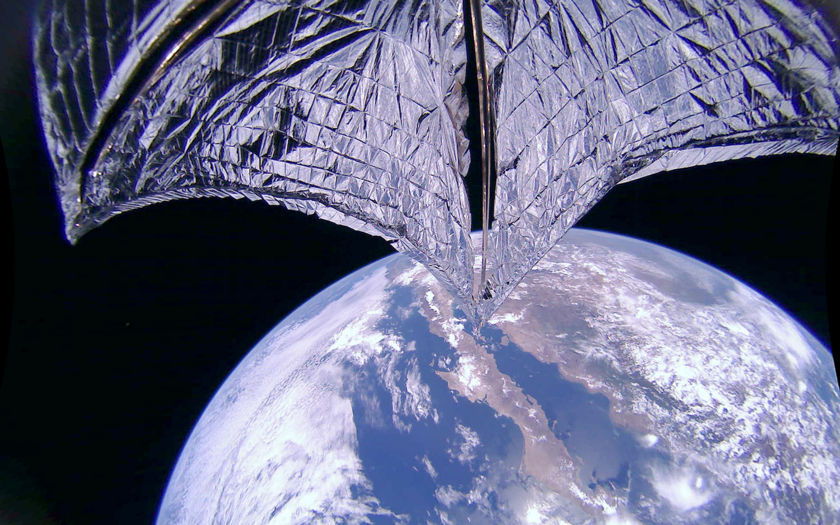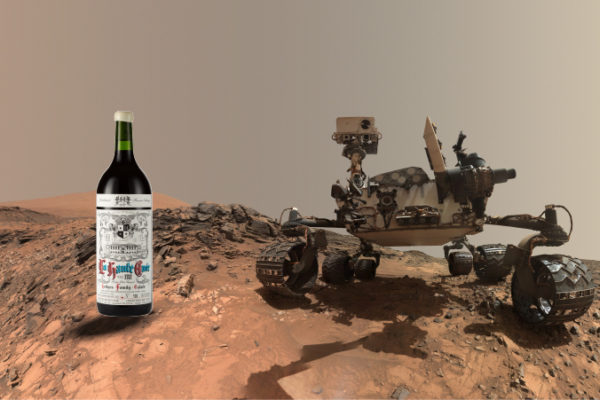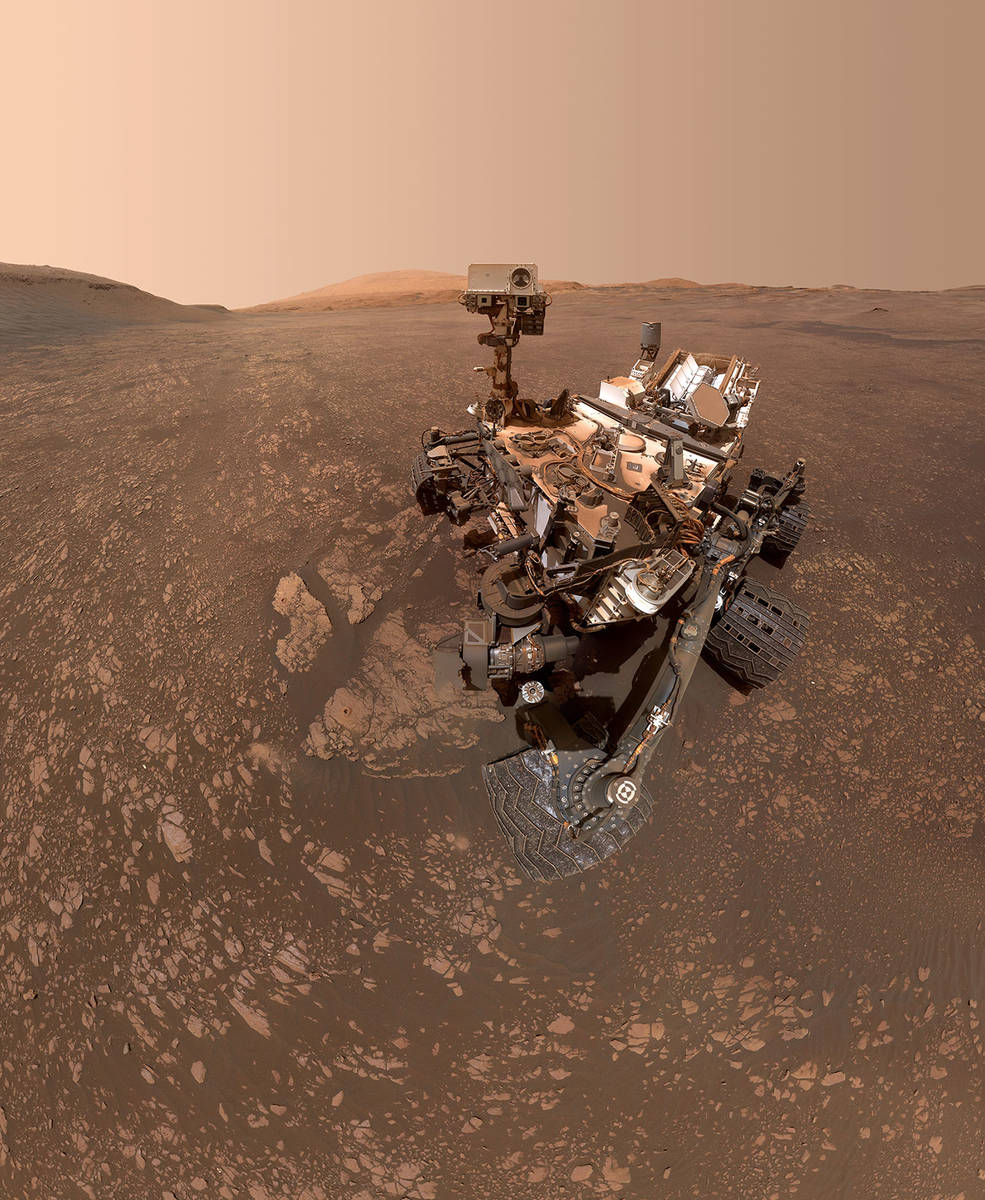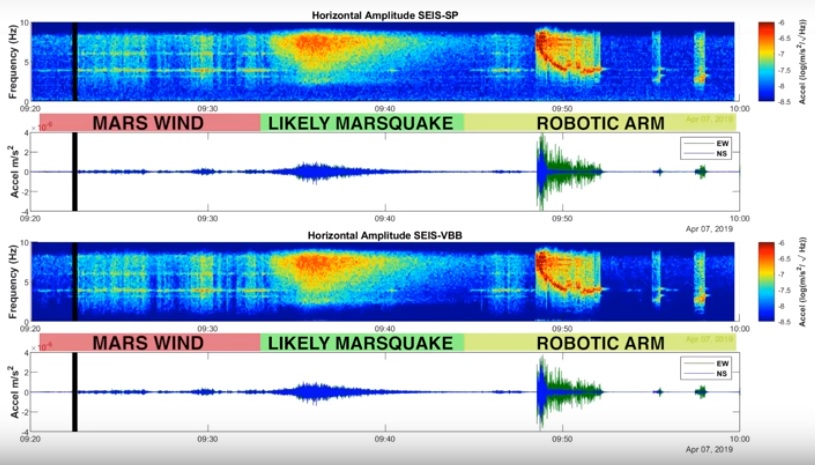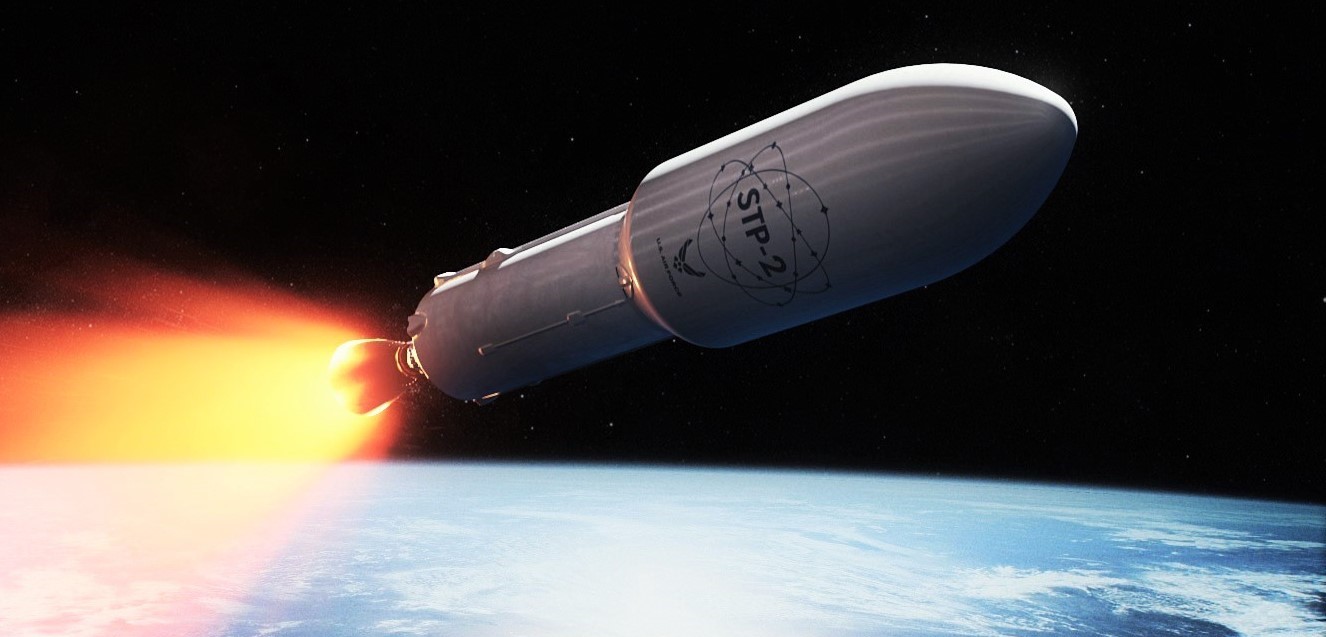
(Image Credit: SpaceX )
Set your kronoforms folks, because the next SpaceX Falcon Heavy launch is on the books for Monday, the 24th of June at 11:30pm Eastern. As always, there is no such thing as a ‘regular’ launch that doesn’t also have a lot of side-stories and goals to accomplish. Even though SpaceX has started to make this all look easy, they are accomplishing so much with every single launch it’s important to keep that in mind always!
This time around, they will be lofting 24 small government and academic satellites into orbit during what is codenamed the STP-2 mission, for the US Air Force. The launch, however, is more about certifying the use of previously-flown boosters for USAF missions which is a big deal. Those brand new to the spaceflight field may already take booster reuse as a given, but the idea that we are now far enough along with that technology that it is getting certified by the biggest of big government shows how important and recognized it has become. In many ways, this will further solidify that any launch system which is not reusable is simply not to be considered viable in the near future.
The upper stage, which houses and deploys the satellites, will itself be performing a grueling set of maneuvers requiring “four separate upper-stage engine burns, three separate deployment orbits, a final propulsive passivation maneuver, and a total mission duration of over six hours.” (teslarati). This will serve to further validate the capabilities of the launch system in the eyes of the USAF.
Because SpaceX is never content to just accomplish one extraordinary goal with their launch, they have also just announced that the center core booster will now be landing on Of Course I Still Love You at a distance of over 1240km out in the Atlantic ocean, instead of a modest 40km from shore which is more typical. OCISLY is being towed out there even now by tugboat Hollywood (Current Position Report), given the extreme distance. This will be an extremely risky and challenging recovery, and this distance breaks the previous SpaceX record for drone ship landing by over 30%.
This is such an important mission for SpaceX, they have a whole website all about it! Be sure to go there for more incredible info on the launch, the various items in the payload, and the hardware we all love. Of course watch the webcast if you can. A Falcon Heavy launch should be appreciated as the incredible breakthrough it is, every time.
References:

